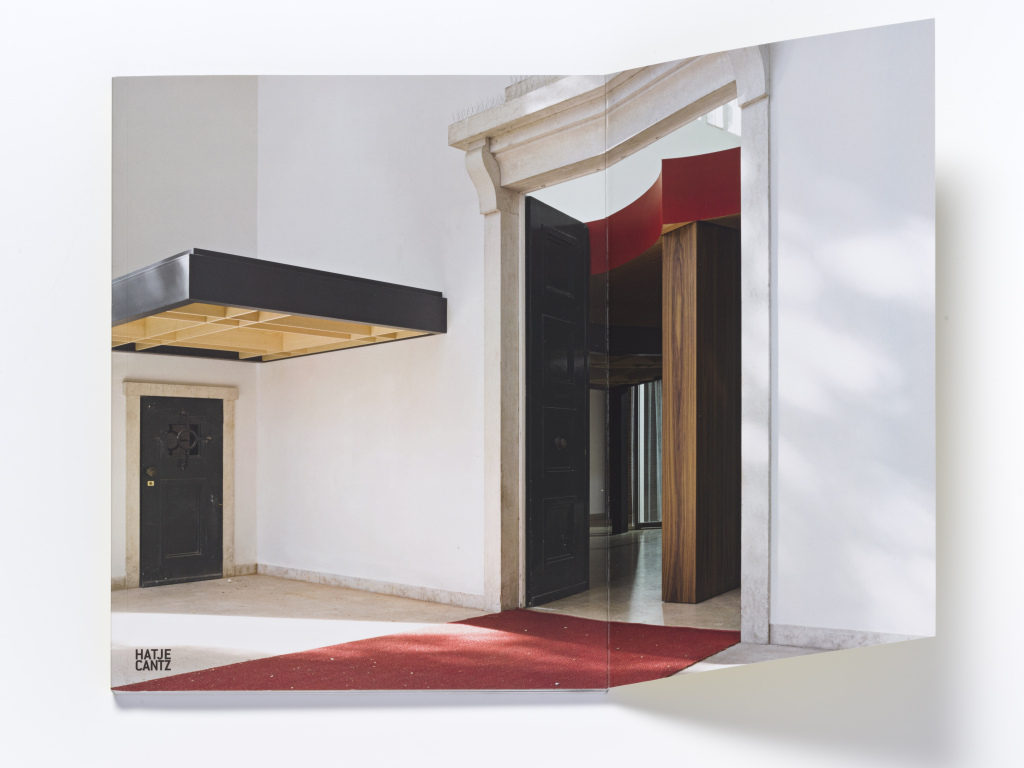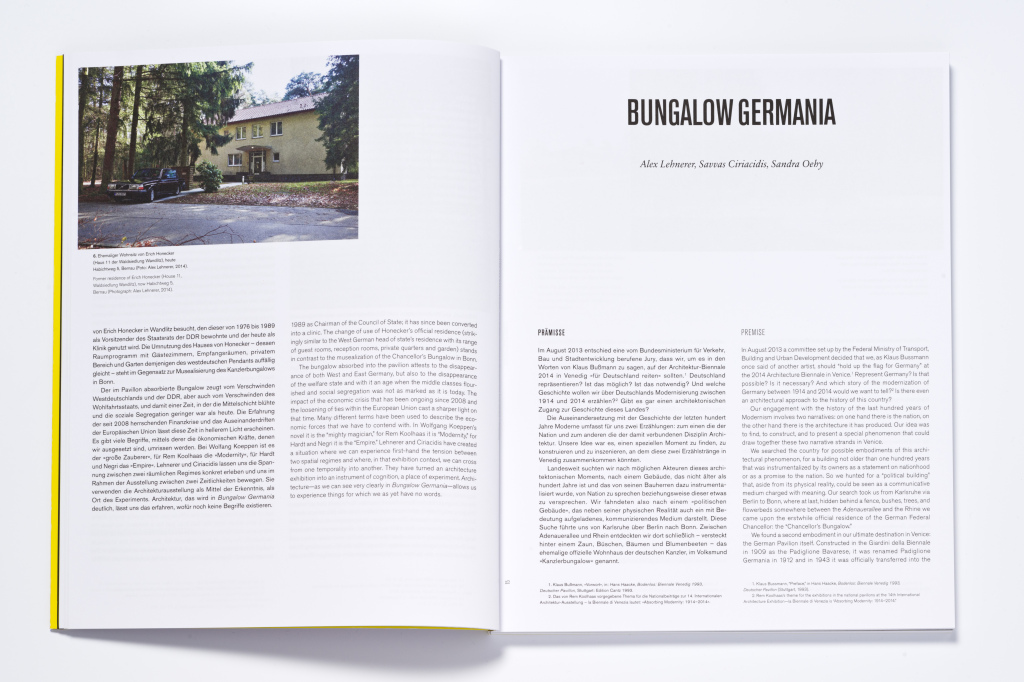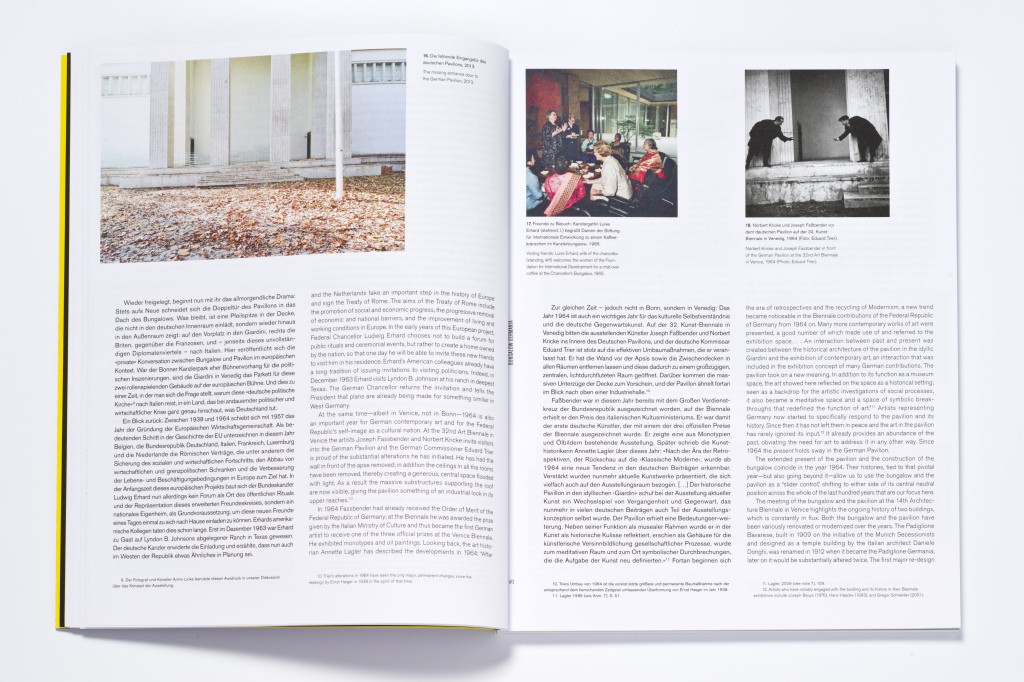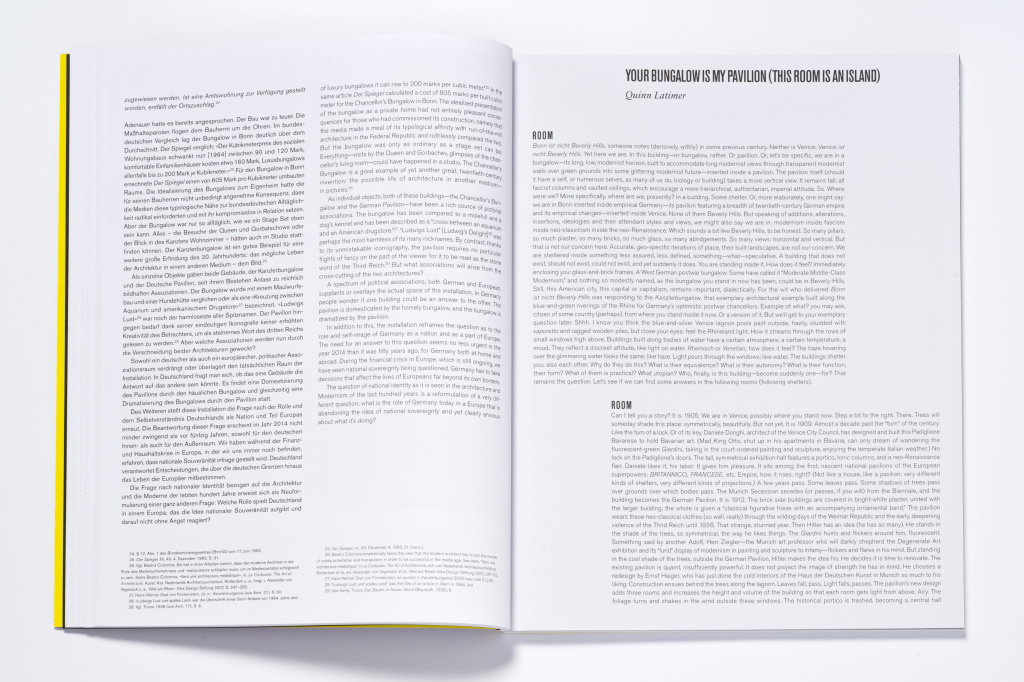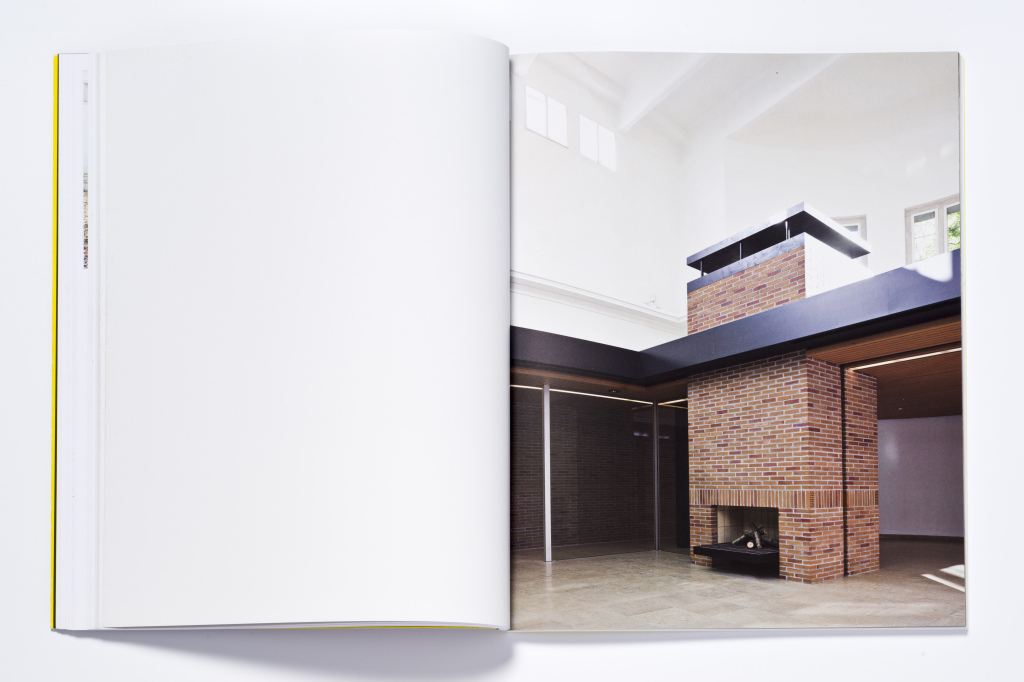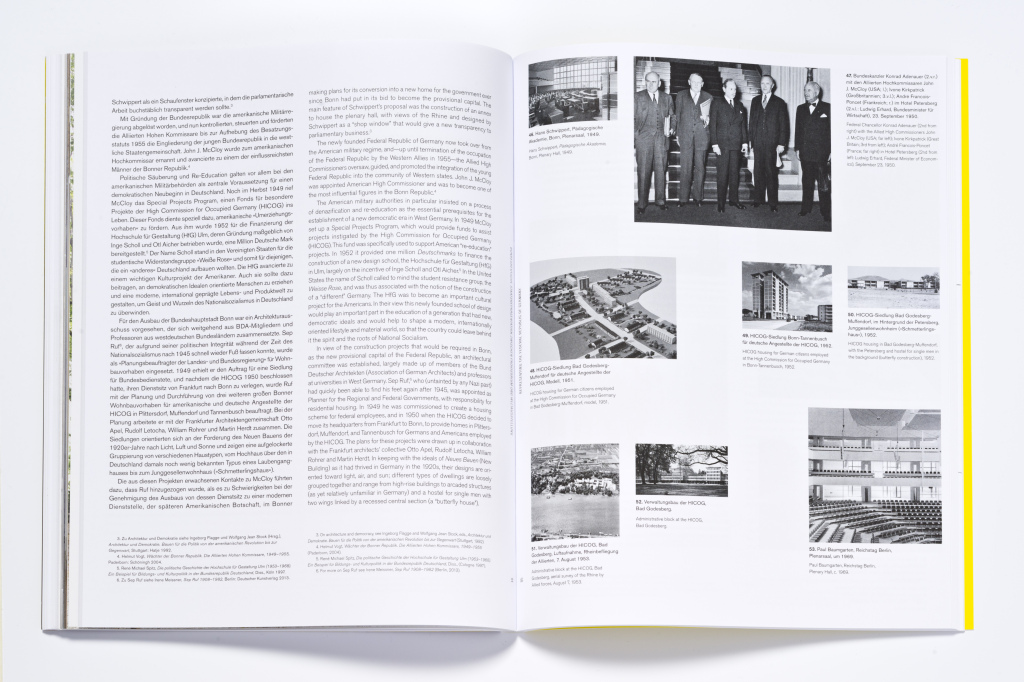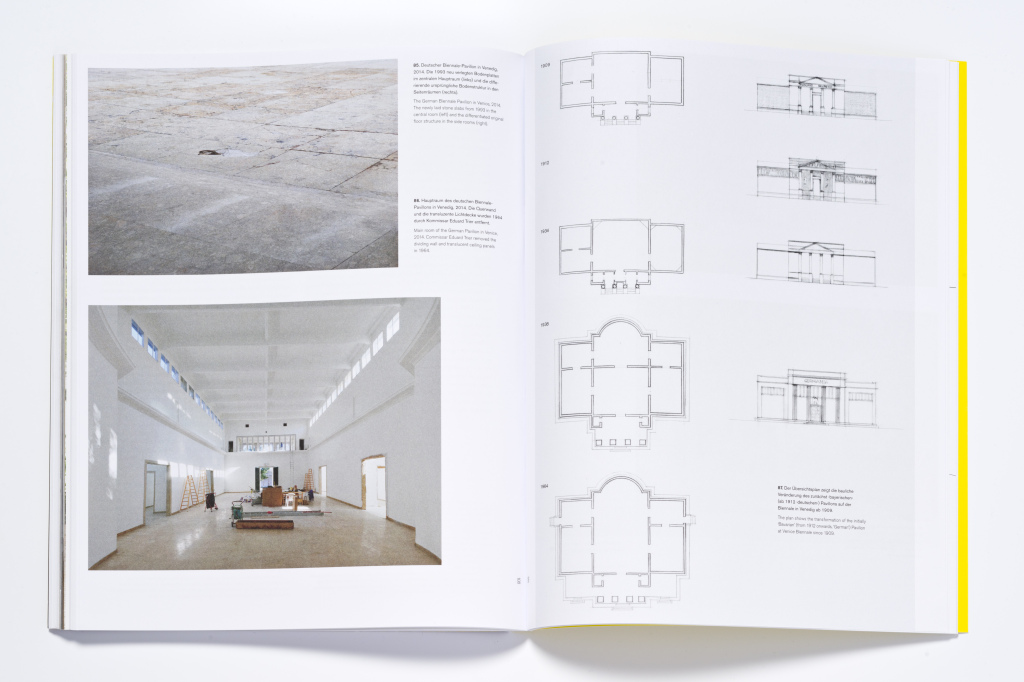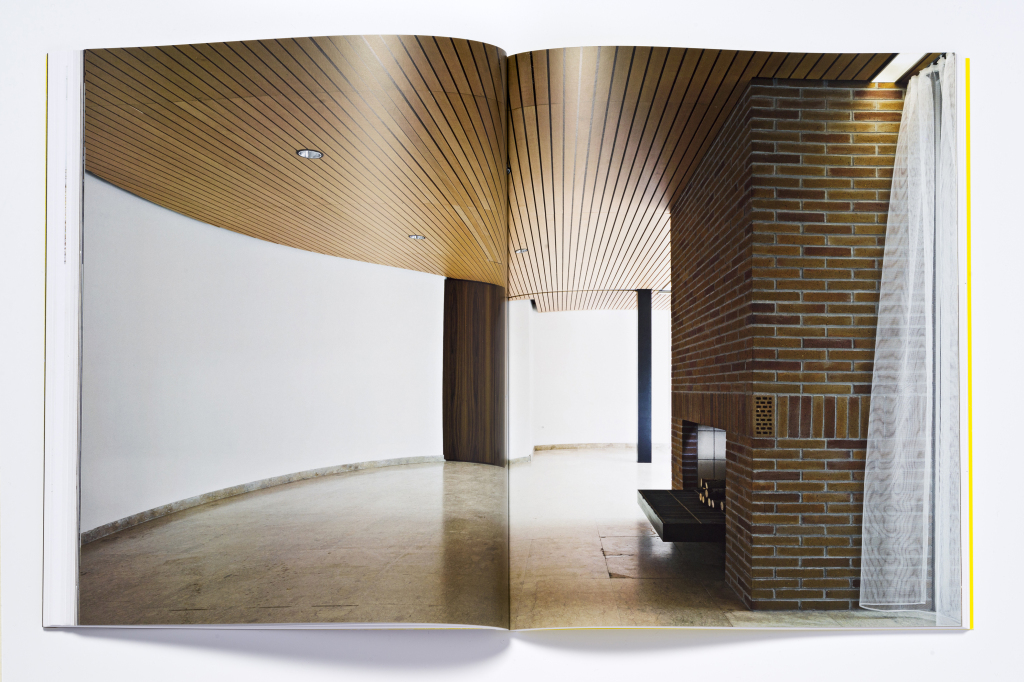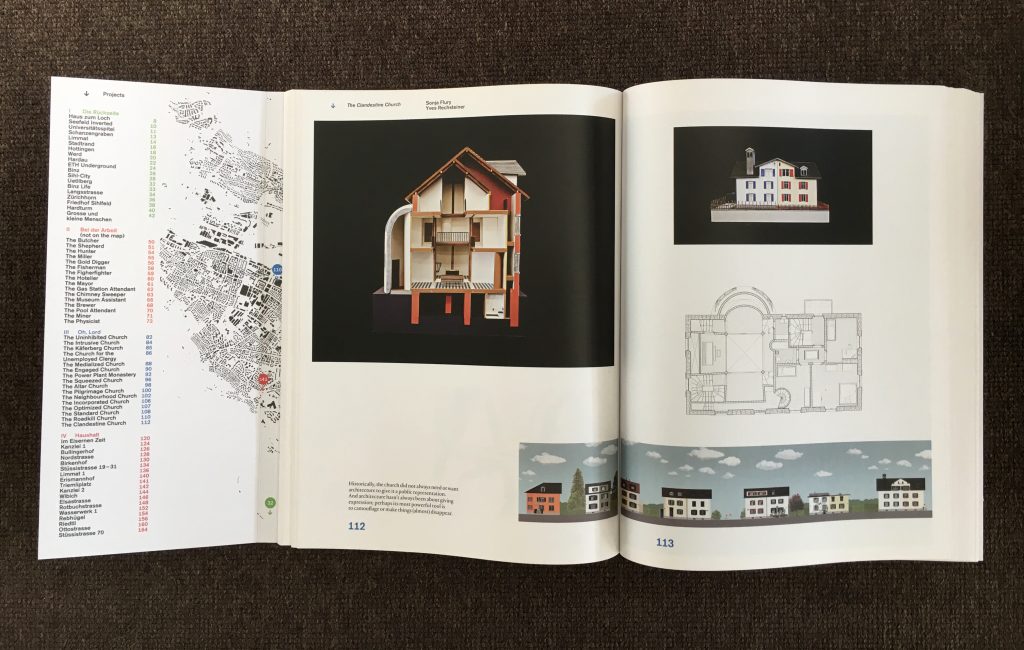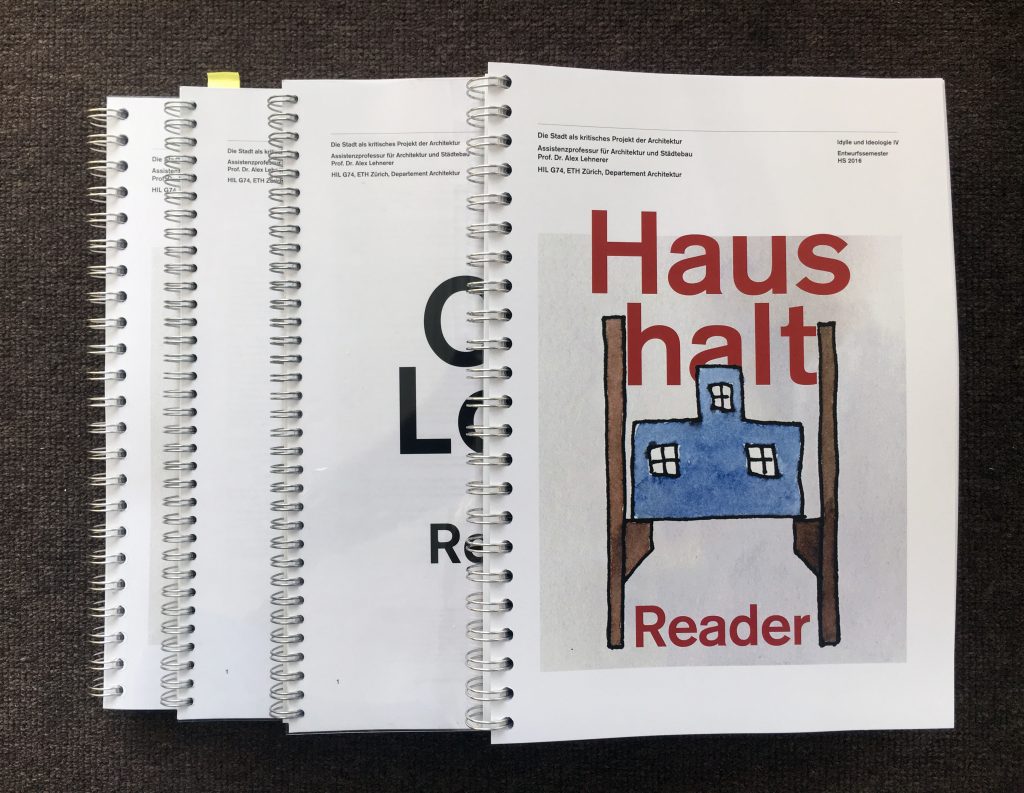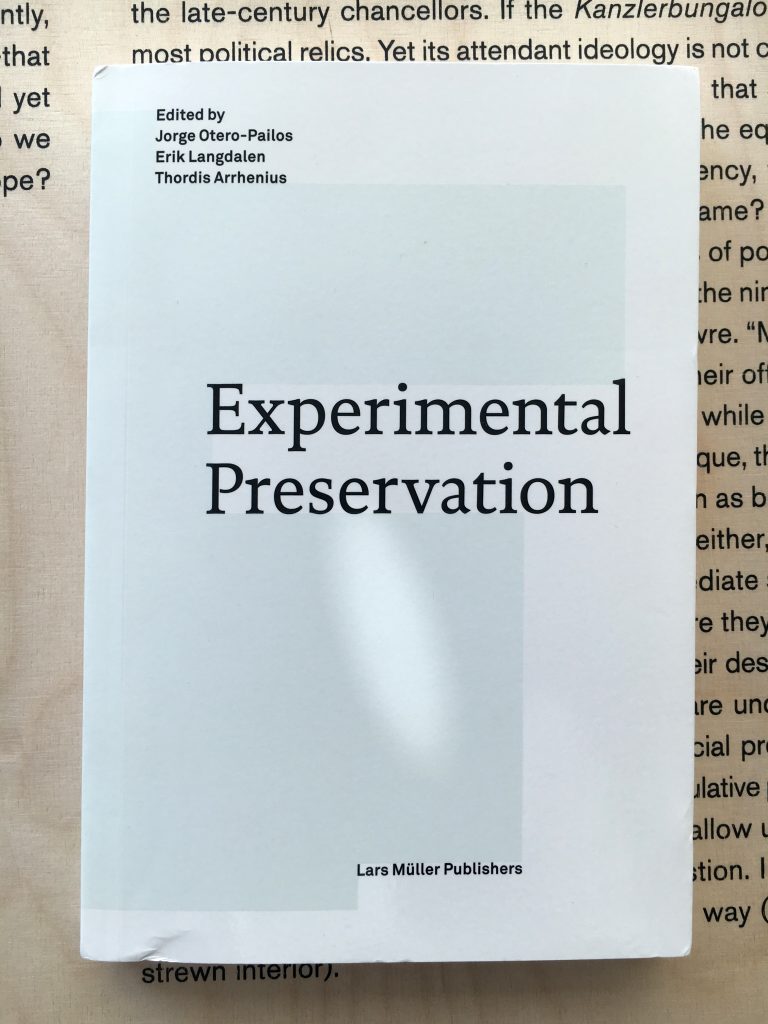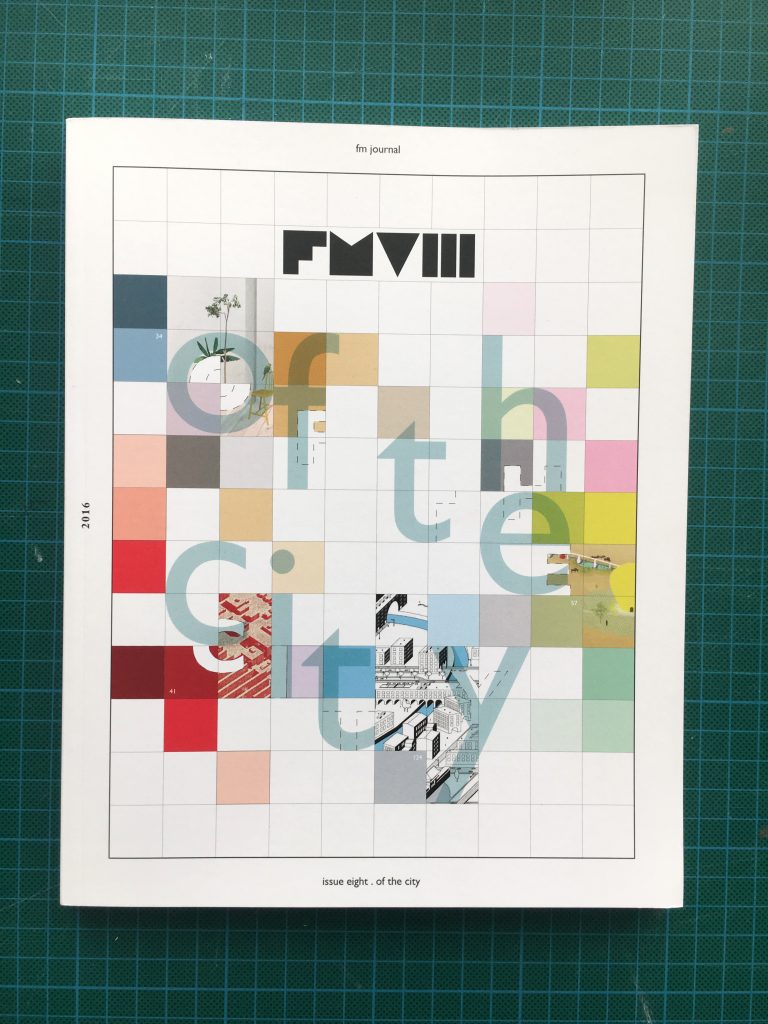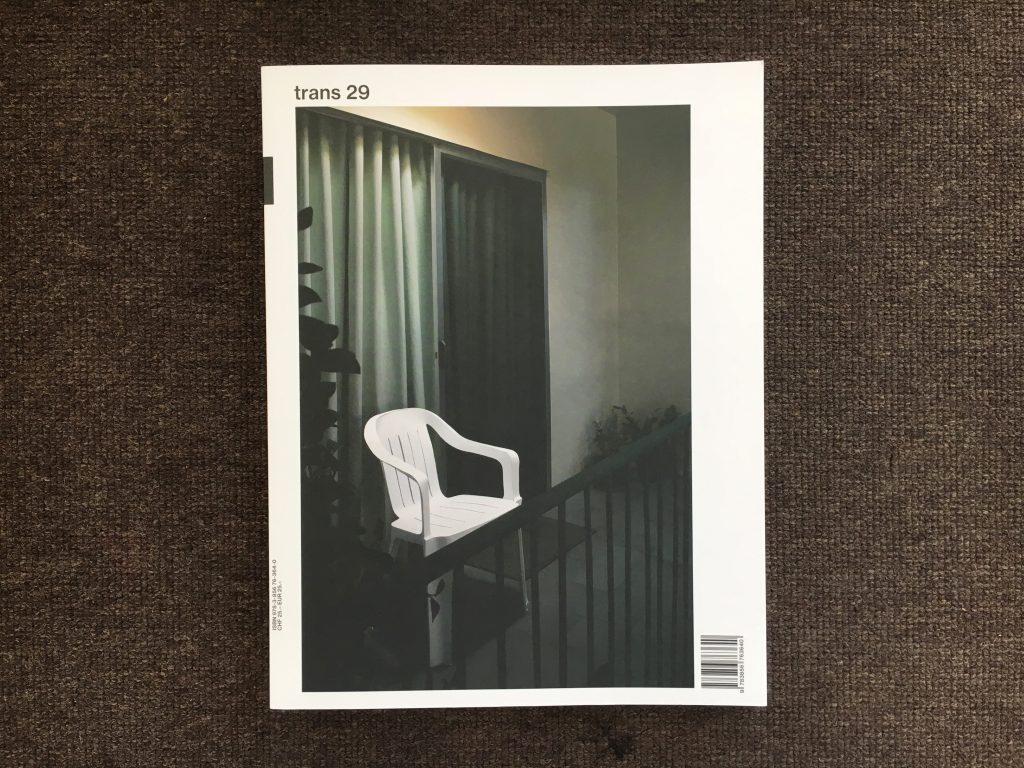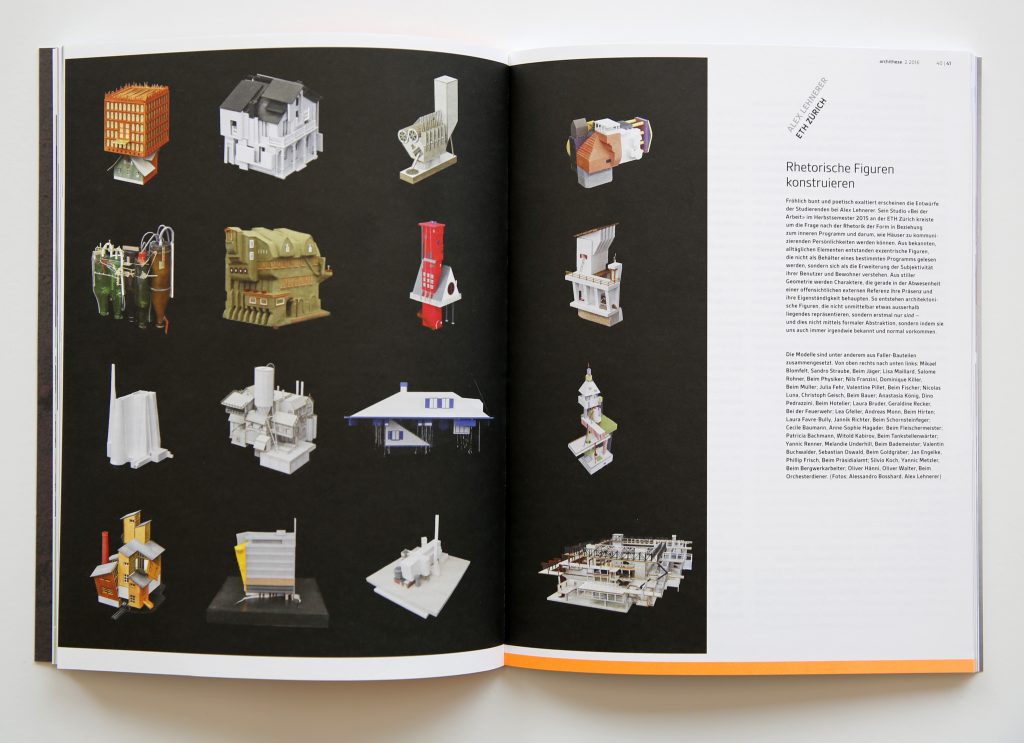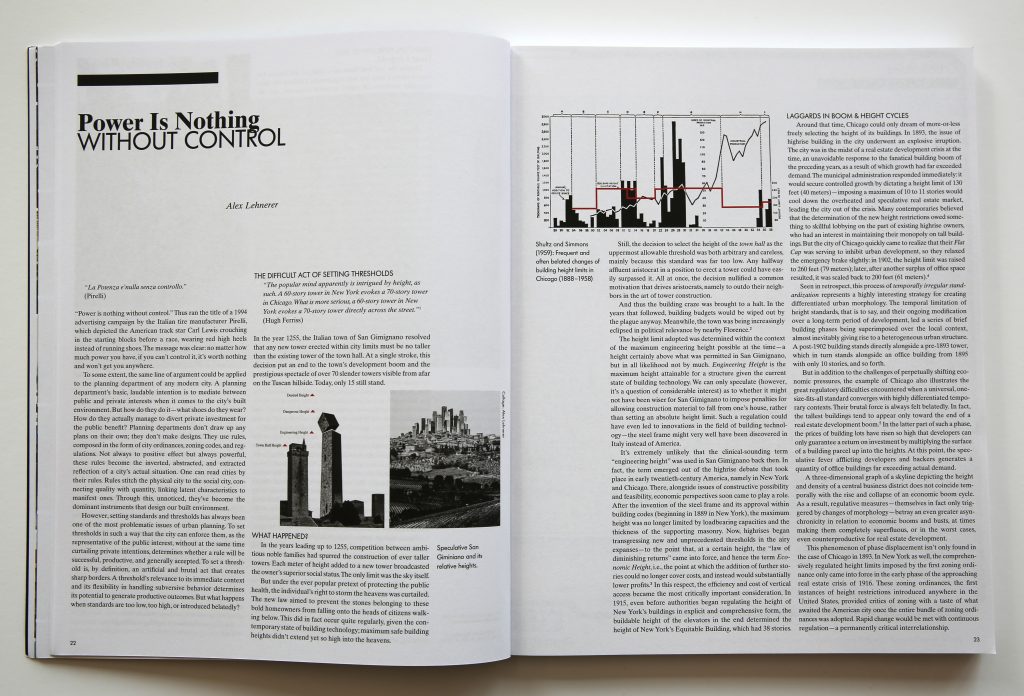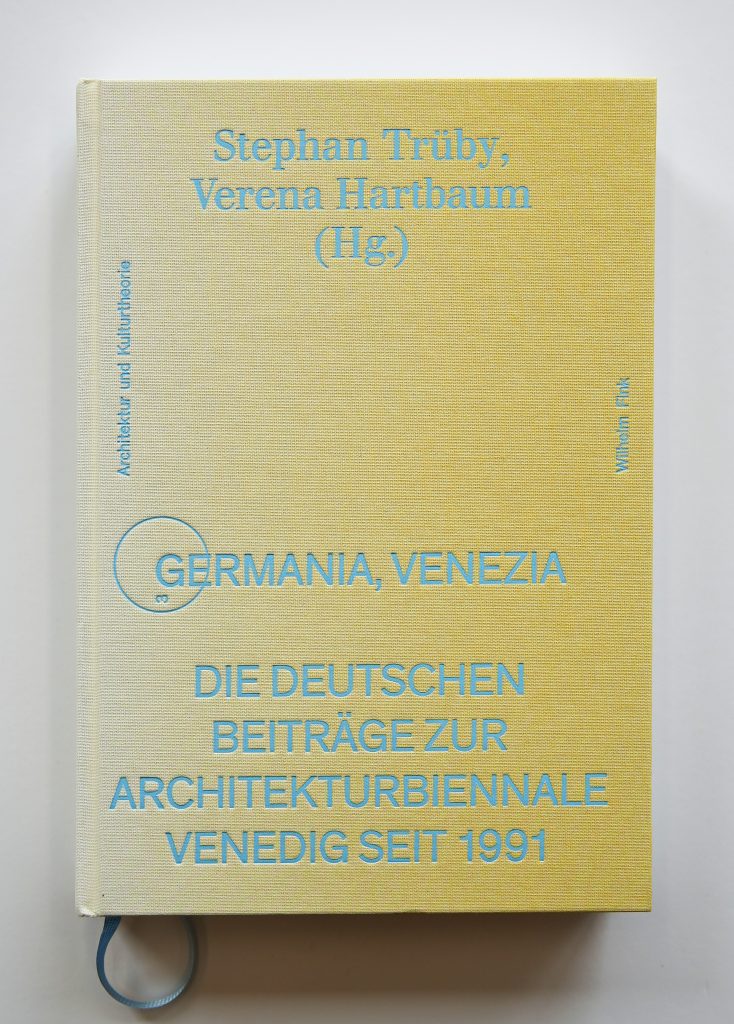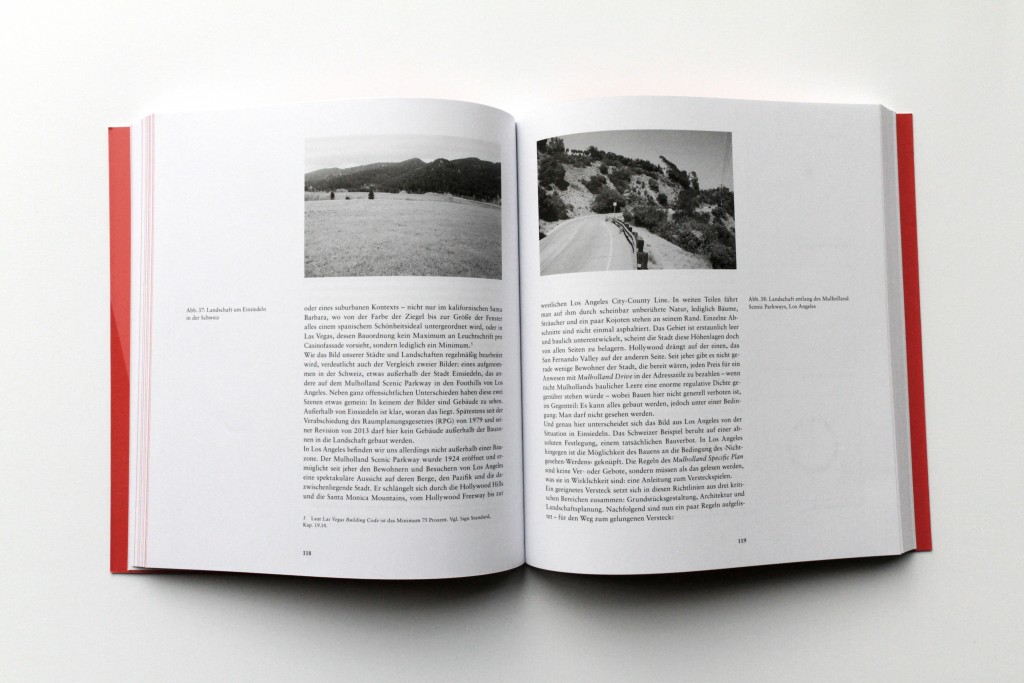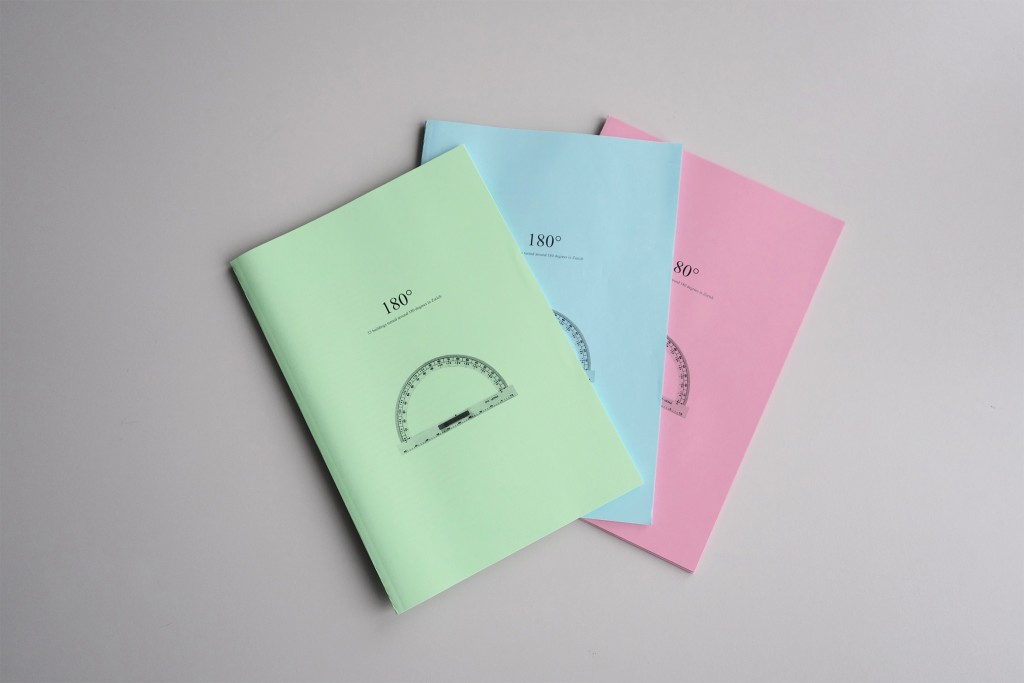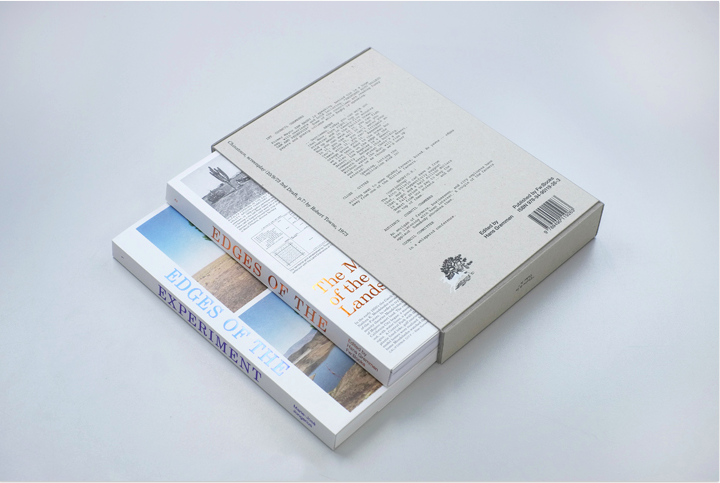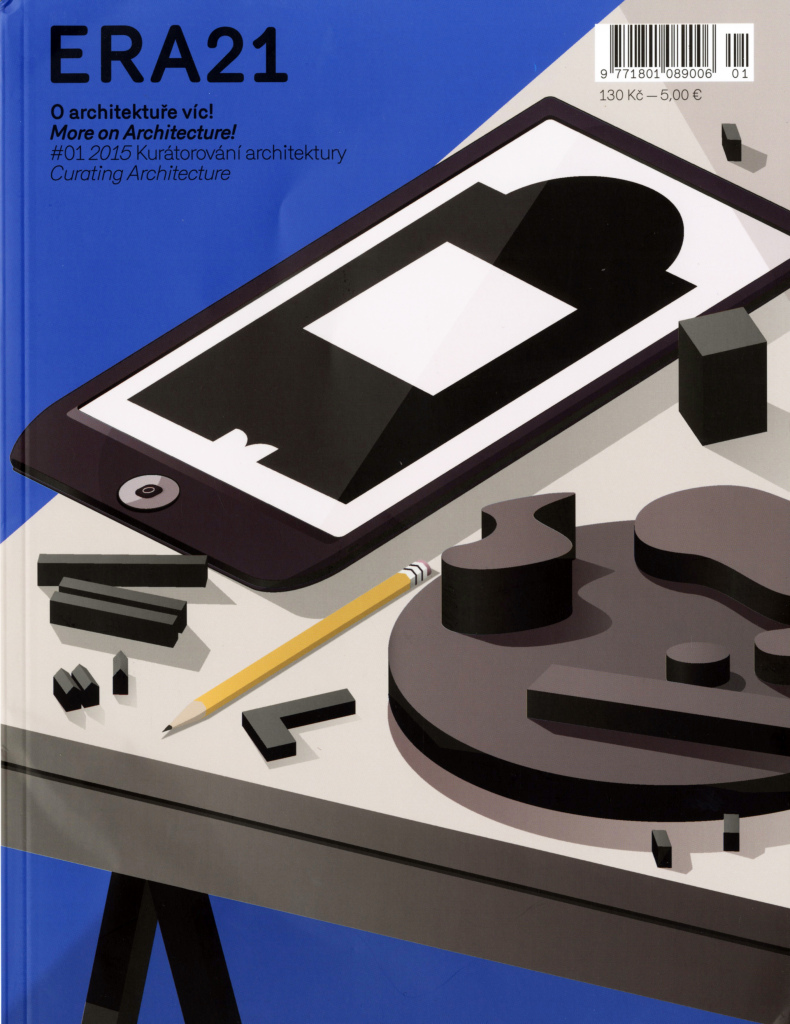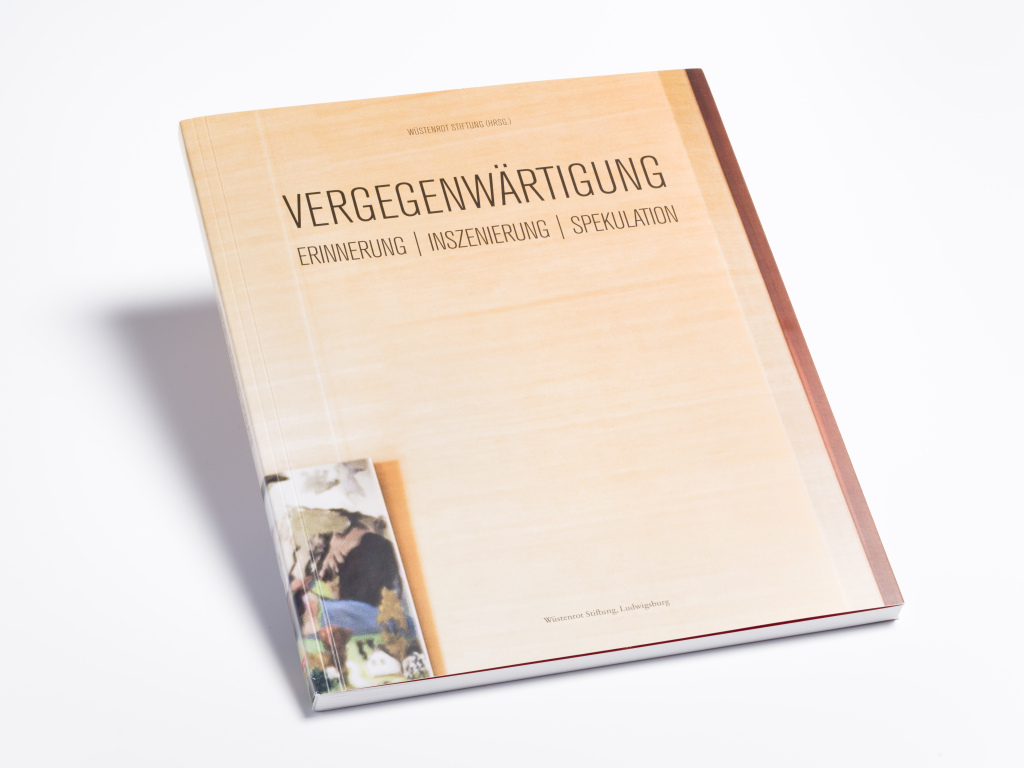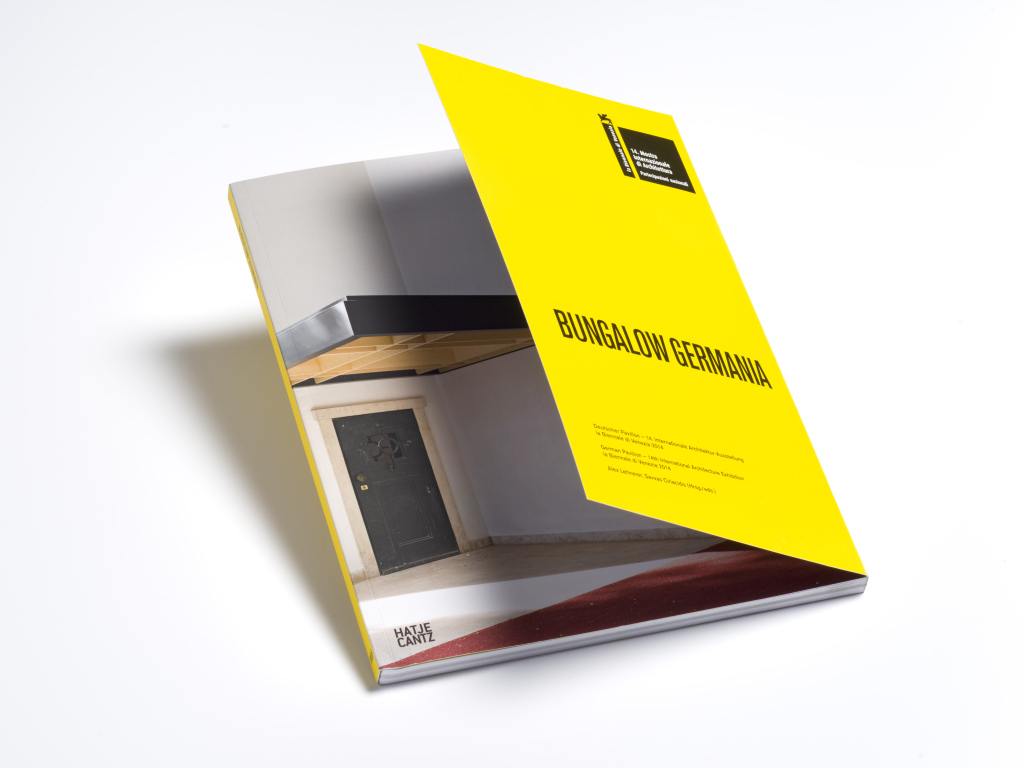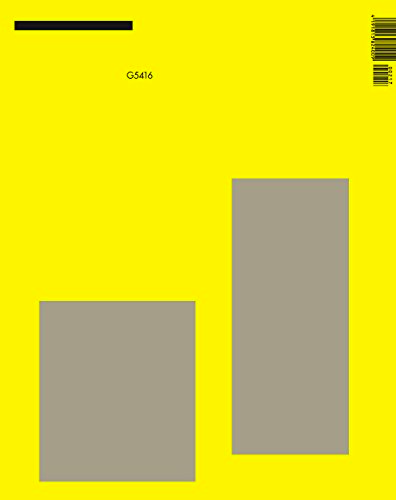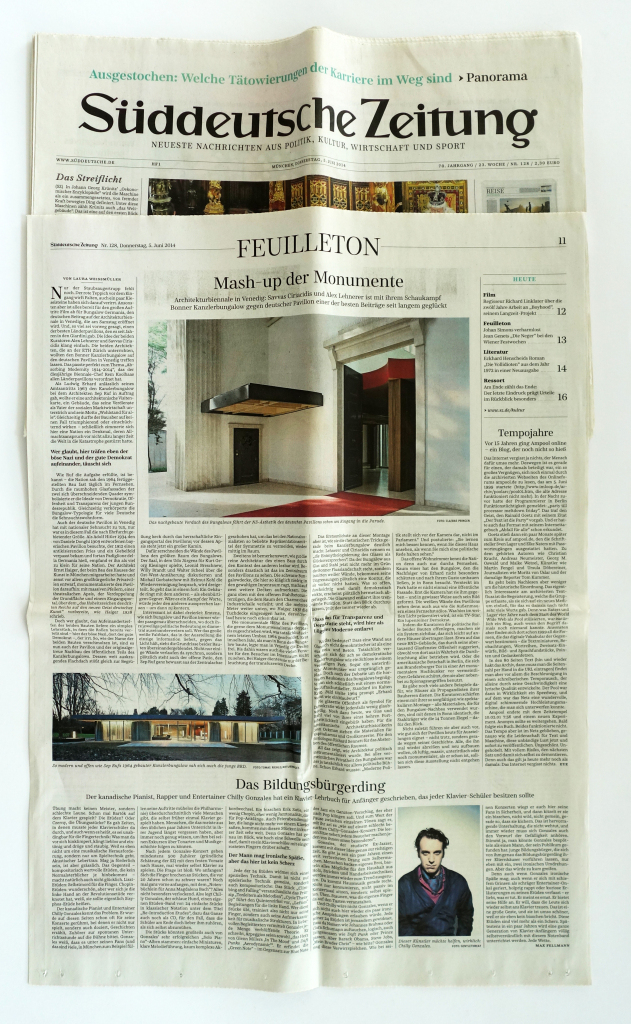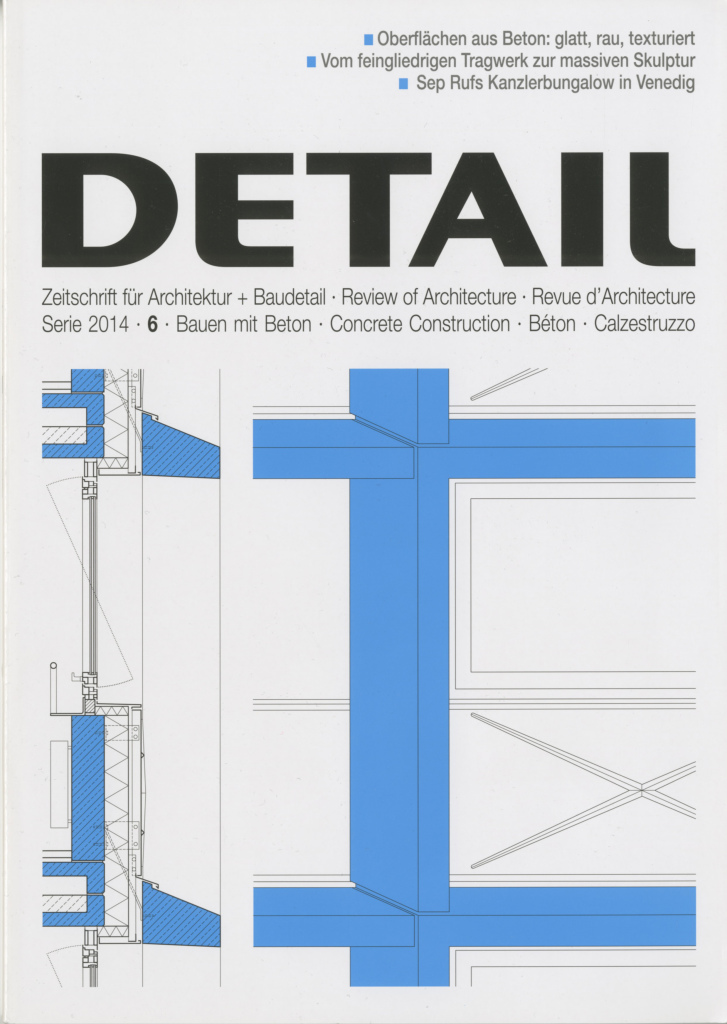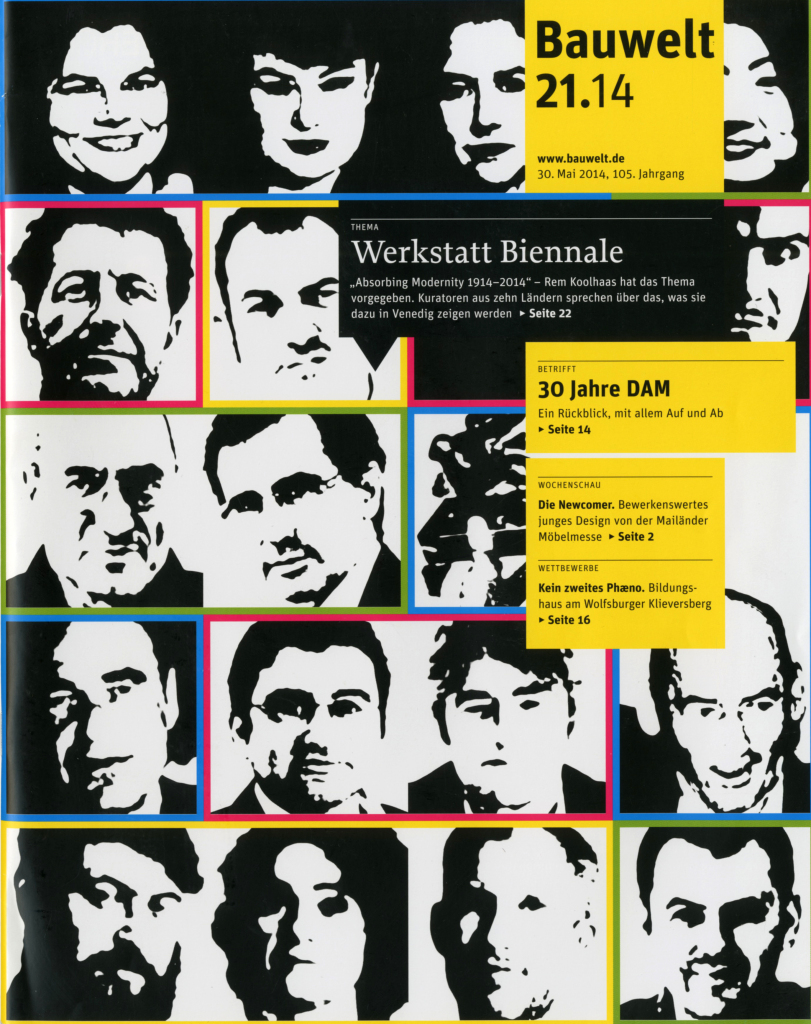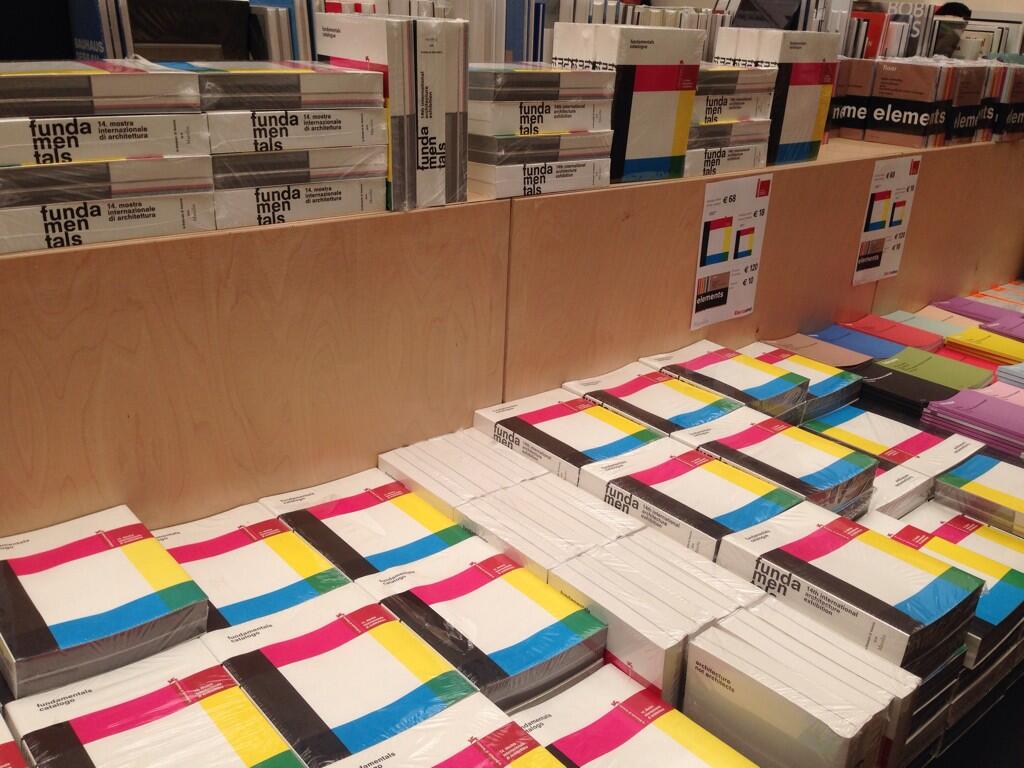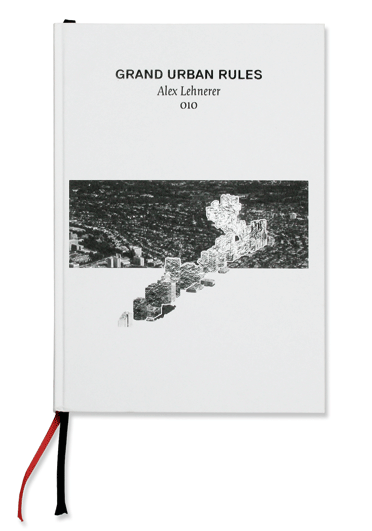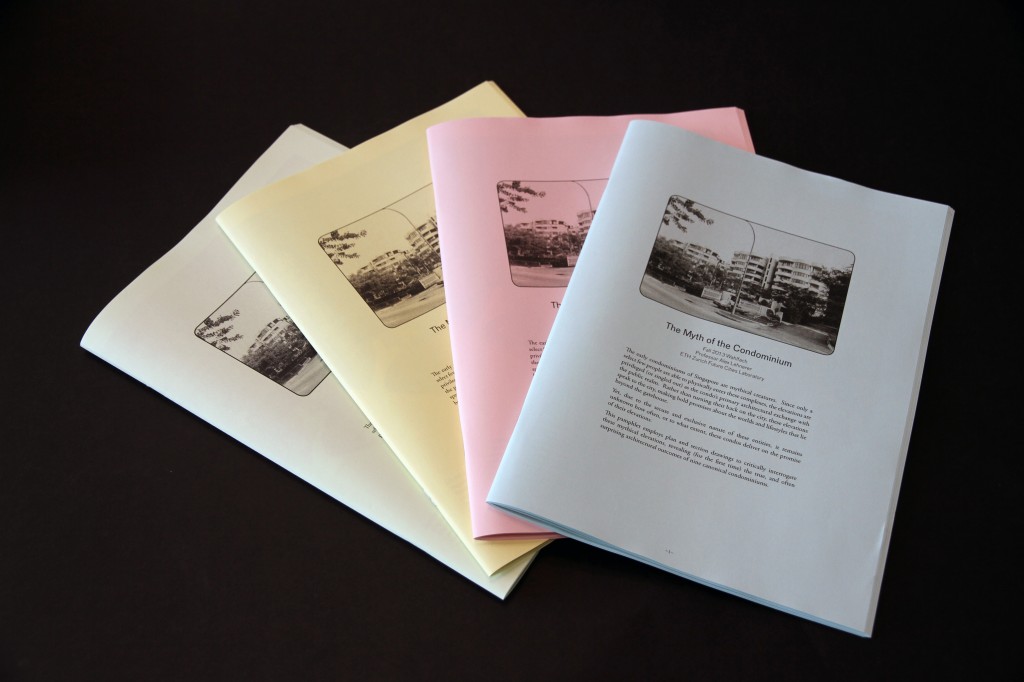Bungalow Germania – Exhibition Catalogue
Summer 2014: the Kanzlerbungalow has traveled from Bonn to Venice to meet the German Pavilion in the gardens of the Biennale. Each building has become the stage and the context for the other. The Bungalow becomes legible through the Pavilion and vice versa. The “transparent” building meets “solid stone.” The resulting in-between space is filled with new meaning as memory overlaps with actual physical experience. Built in 1964, the Bungalow in Bonn was designed to speak of the new republic through architectural means and thus became a truly political building. The German Pavilion—itself steeped in history—plays a no less important and politically charged role within the “Diplomatic Quarter” of the Biennale. After the German capital moved from Bonn to Berlin in 1999, the Bungalow disappeared as the nation’s living room without a trace. Now, it has taken on new life in its interaction with the German Pavilion in Venice.
In their response to the theme of the Biennale—Fundamentals / Absorbing Modernity: 1914–2014, devised by artistic director Rem Koolhaas—this year’s General Commissioners of the German Pavilion, Alex Lehnerer and Savvas Ciriacidis, continue their inquiry on the speculative reality of architecture by examining the relationship between national identity and its built representation in the last one hundred years. Their architectural installation turns looking back through history into an experiment: creating presence by interlocking materiality, space, and meaning.
Catalogue of the German contribution to the 14th International Architecture Exhibition—la Biennale di Venezia 2014: texts by Savvas Ciriacidis, Uta Hassler, Quinn Latimer, Alex Lehnerer, Irene Meissner, Sandra Oehy, and Philip Ursprung.
Publisher: Hatje Cantz
Graphic Design: Thomas Dahm
128 pages, numerous illustrations
23 x 29 cm, Softcover
ISBN: 978-3-7757-3830-9 (German/Engels)
